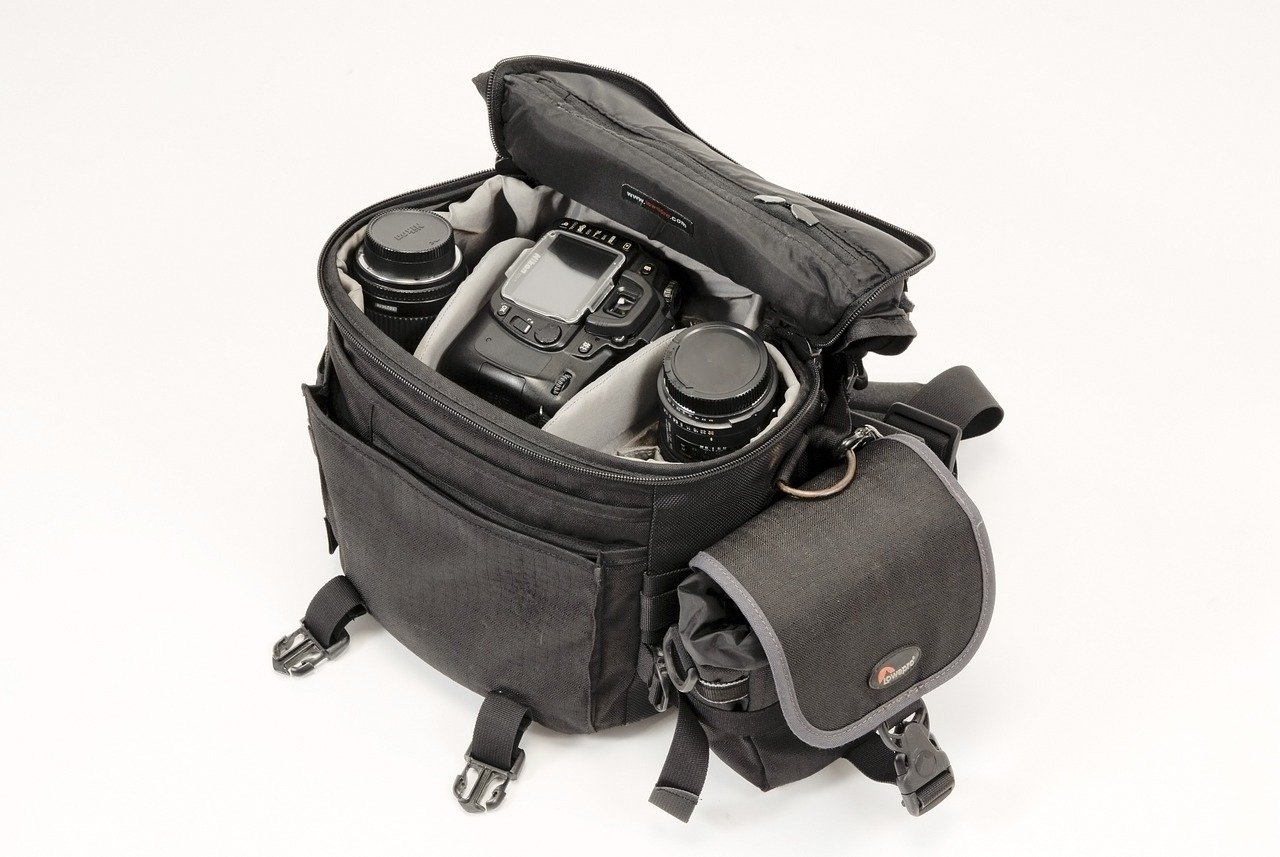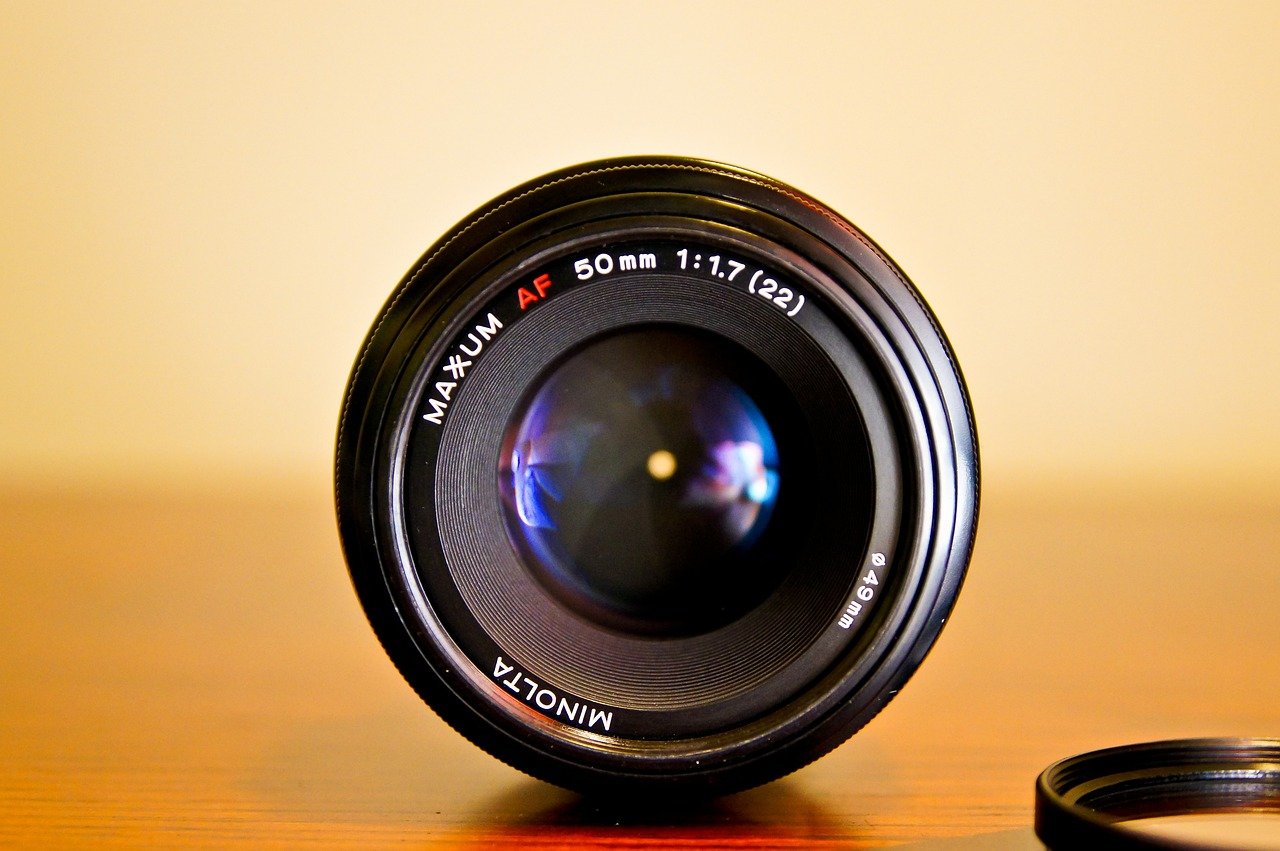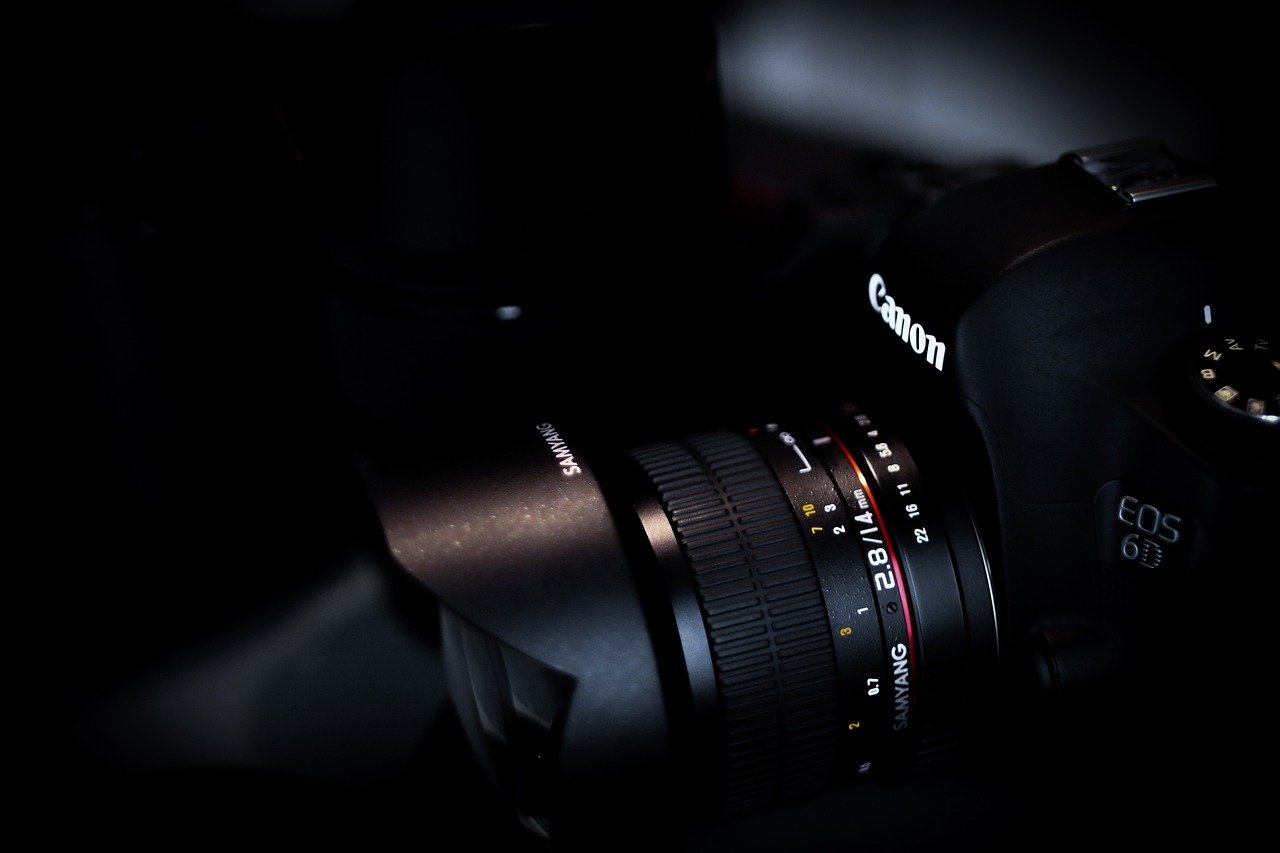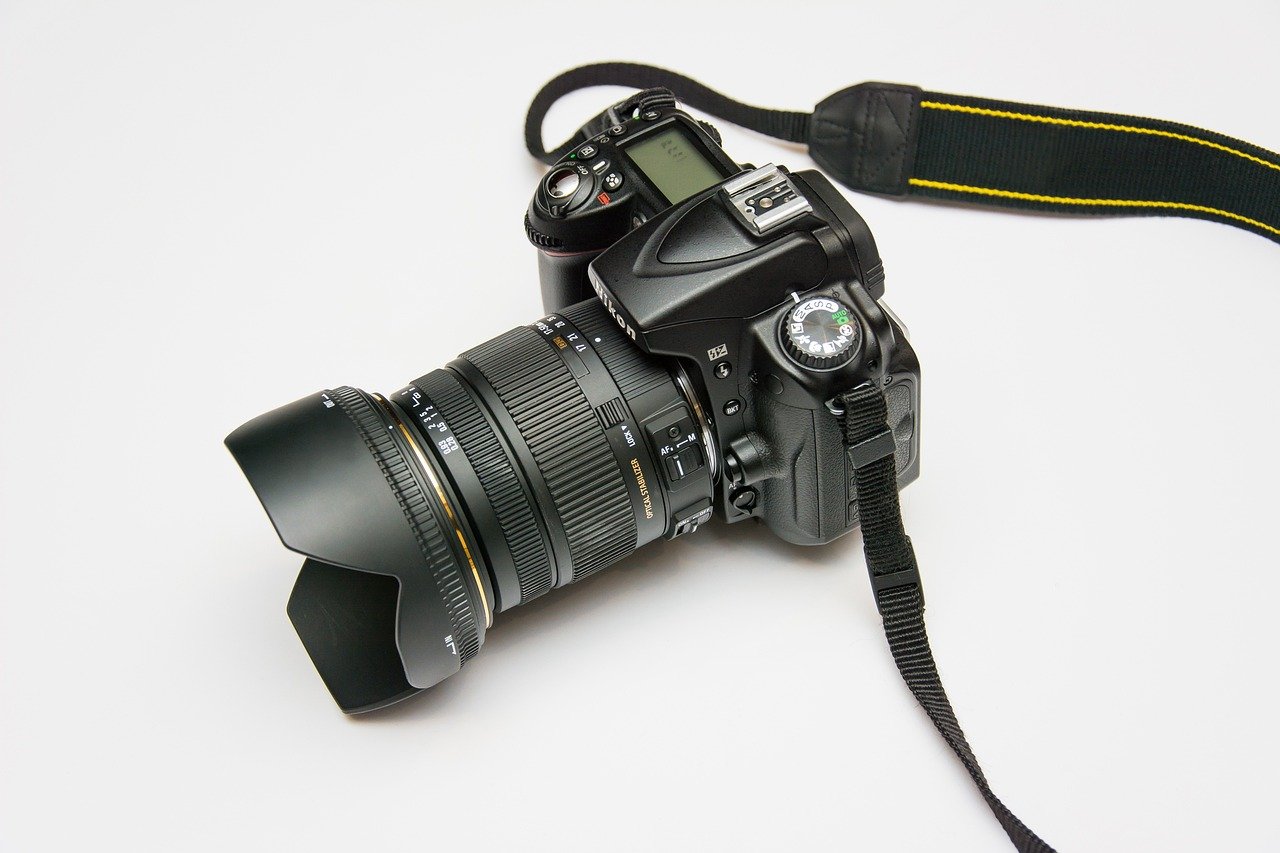In-Depth Camera Reviews: Top Models Compared Introduction In the ever-evolving world of photography, choosing the…
Camera Maintenance: Keeping Your Gear in Top Shape
Cameras are delicate pieces of equipment that require regular maintenance to ensure they function properly and last a long time. Whether you’re a professional photographer or an enthusiastic hobbyist, understanding how to care for your camera is crucial. Proper camera maintenance not only extends the life of your gear but also ensures that your photos are of the highest quality. This guide will cover everything you need to know about keeping your camera in top shape.
Understanding Your Camera
Different Types of Cameras
Cameras come in various types, each with unique features and maintenance needs. The most common types are:
- DSLR (Digital Single-Lens Reflex): Known for their versatility and image quality.
- Mirrorless Cameras: Compact and lightweight with advanced features.
- Point-and-Shoot Cameras: Simple to use and portable.
- Action Cameras: Designed for capturing action and adventure.
- Film Cameras: Traditional cameras that use film to capture images.
Common Components of a Camera
Regardless of the type, most cameras have similar components that need care:
- Camera Body: The main part of the camera that houses the controls and sensors.
- Lens: The optical component that focuses light onto the sensor.
- Sensor: The part of the camera that captures the image.
- Viewfinder: Allows you to see and compose the shot.
- LCD Screen: Displays images and camera settings.
Daily Maintenance Tips
Regular Cleaning
Keeping your camera clean is essential. Dust, dirt, and smudges can affect image quality. Use a soft, lint-free cloth to wipe the camera body and lens regularly.
Proper Storage
Store your camera in a cool, dry place. Use a camera bag to protect it from dust and accidental damage. Avoid exposing your camera to extreme temperatures or humidity.
Battery Care
Remove the battery if you won’t be using the camera for an extended period. Store it in a cool, dry place. Regularly check the battery level and recharge it as needed.
Cleaning Your Camera
External Cleaning
Cleaning the Camera Body
Use a soft brush or a microfiber cloth to remove dust from the camera body. Avoid using compressed air as it can push dust into the camera’s internal components.
Cleaning the Lens
Clean the lens using a lens cleaning solution and a microfiber cloth. Gently wipe in a circular motion to avoid scratching the glass.
Internal Cleaning
Sensor Cleaning
A dirty sensor can cause spots on your images. Use a sensor cleaning kit, which includes a blower, swabs, and cleaning solution, to clean the sensor carefully.
Viewfinder and LCD Cleaning
Use a soft cloth to clean the viewfinder and LCD screen. Avoid pressing too hard to prevent damage.
Proper Storage Practices
Choosing the Right Camera Bag

Invest in a good quality camera bag that offers padding and compartments for your camera and accessories. It should be water-resistant and durable.
Avoiding Extreme Temperatures
Extreme heat or cold can damage your camera. Avoid leaving it in direct sunlight or in a car on a hot day. In cold weather, keep the camera close to your body to maintain a moderate temperature.
Humidity Control
Humidity can cause mold and corrosion. Use silica gel packs in your camera bag to absorb moisture.
Battery Maintenance
Charging Best Practices
Always use the charger that came with your camera. Avoid overcharging the battery and unplug it once fully charged.
Battery Storage Tips
Store batteries in a cool, dry place. If you have multiple batteries, label them and use them in rotation to ensure even wear.
Extending Battery Life
Turn off your camera when not in use, and use energy-saving settings. Carry spare batteries if you plan to shoot for extended periods.
Lens Care

Protecting the Lens
Use a lens cap when the camera is not in use to protect the lens from dust and scratches. Consider using a UV filter for additional protection.
Cleaning the Lens
Regularly clean the lens with a microfiber cloth and lens cleaning solution. Avoid touching the glass with your fingers.
Storing the Lens
Store lenses in a padded case to prevent damage. Keep them in a dry place to avoid mold growth.
Sensor Maintenance
Importance of a Clean Sensor
A clean sensor is crucial for high-quality images. Dust and debris on the sensor can create spots and blemishes on your photos.
Steps for Cleaning the Sensor
- Use a blower to remove loose dust.
- Use a sensor swab and cleaning solution to gently clean the sensor.
- Check for remaining dust using a sensor loupe.
Firmware Updates
Importance of Updating Firmware
Firmware updates can improve your camera’s performance and fix bugs. Manufacturers often release updates with new features and improvements.
How to Update Firmware
Check the manufacturer’s website for the latest firmware updates. Follow the instructions carefully to install the update.
Handling and Usage
Proper Handling Techniques
Hold your camera securely with both hands to avoid dropping it. Use a neck or wrist strap for added security.
Avoiding Common Mistakes
Avoid touching the lens or sensor with your fingers. Be mindful of the camera’s settings and modes to avoid accidental changes.
Protective Accessories
Lens Filters
Lens filters protect the lens and can enhance image quality. Common types include UV filters, polarizing filters, and ND filters.
Camera Straps
A good camera strap provides comfort and security. Choose a strap that distributes weight evenly and reduces strain on your neck and shoulders.
Camera Cases
Camera cases offer additional protection against bumps and drops. Choose a case that fits your camera snugly and provides easy access to controls.
Troubleshooting Common Issues
Dealing with Dust and Debris
Use a blower to remove dust from hard-to-reach areas. For stubborn debris, use a soft brush or a cleaning swab.
Fixing Minor Scratches
Minor scratches on the camera body can be buffed out with a soft cloth. For lens scratches, consult a professional.
Addressing Battery Issues
If your battery isn’t holding a charge, try cleaning the contacts with a dry cloth. If the problem persists, consider replacing the battery.
Professional Maintenance

When to Seek Professional Help
If you’re unable to resolve a problem or if your camera requires internal repairs, seek professional help. Avoid attempting complex repairs yourself.
Finding a Reliable Camera Technician
Look for certified technicians or authorized service centers. Read reviews and ask for recommendations from fellow photographers.
Conclusion
Maintaining your camera is essential for ensuring its longevity and performance. Regular cleaning, proper storage, and careful handling can prevent many common issues. By following the tips in this guide, you’ll keep your camera in top shape and enjoy better-quality photos.
FAQs
How often should I clean my camera?
It’s a good idea to clean your camera after every use, especially if you’ve been shooting in dusty or dirty environments. A thorough cleaning once a month is also recommended.
Can I use household cleaners on my camera?
No, household cleaners can damage your camera’s delicate components. Use products specifically designed for camera cleaning.
What should I do if my camera gets wet?
Turn off the camera immediately and remove the battery. Dry it as much as possible with a soft cloth and let it air dry in a warm, dry place. Avoid using a hairdryer or other heat sources.
How can I prevent my lens from fogging up?
Use anti-fogging solutions or wipes designed for camera lenses. Keeping your camera and lenses at a stable temperature can also help prevent fogging.
Is it worth investing in a professional cleaning kit?
Yes, a professional cleaning kit can be a worthwhile investment. It includes specialized tools and solutions designed for safely cleaning your camera and lenses.




